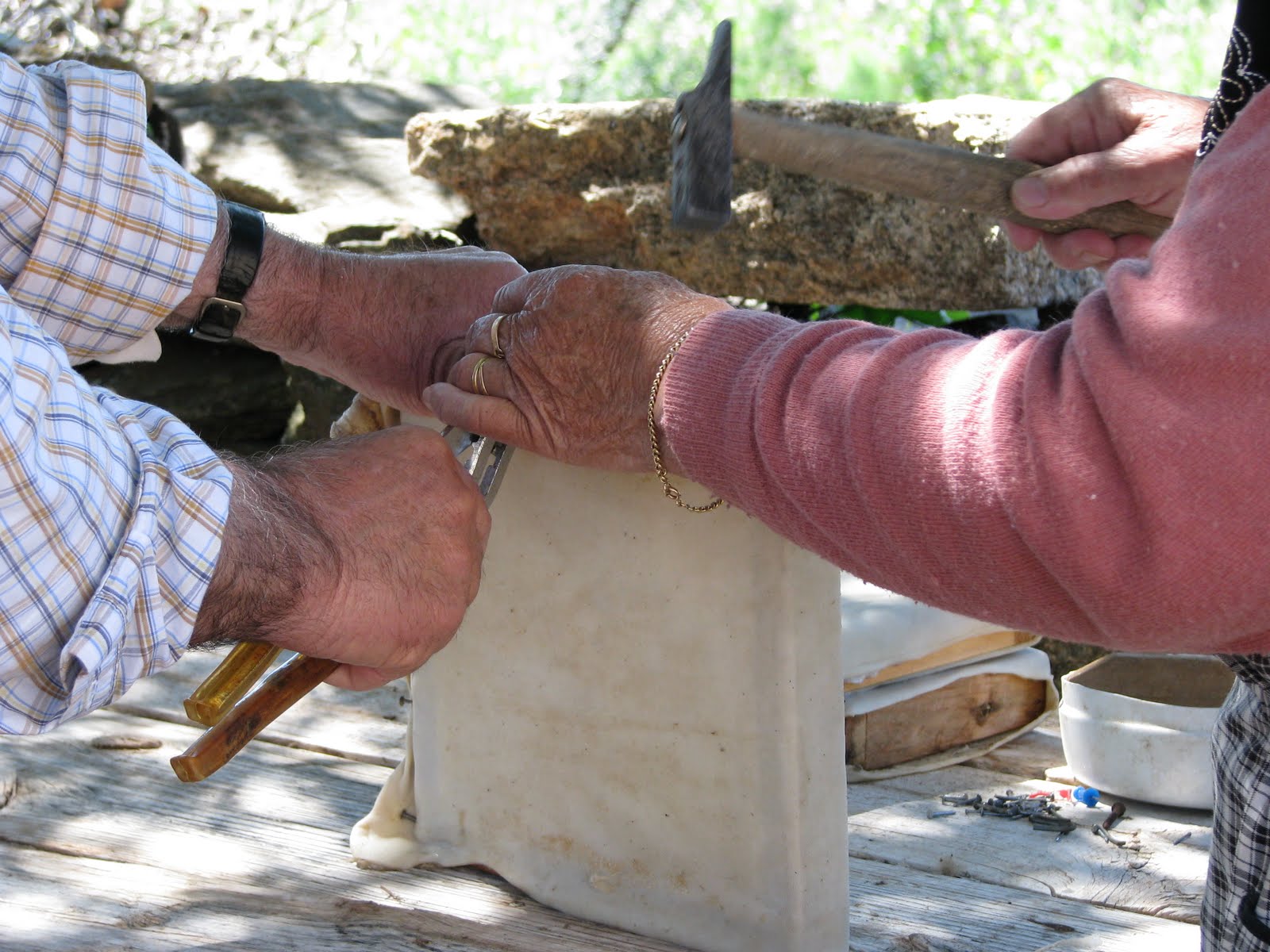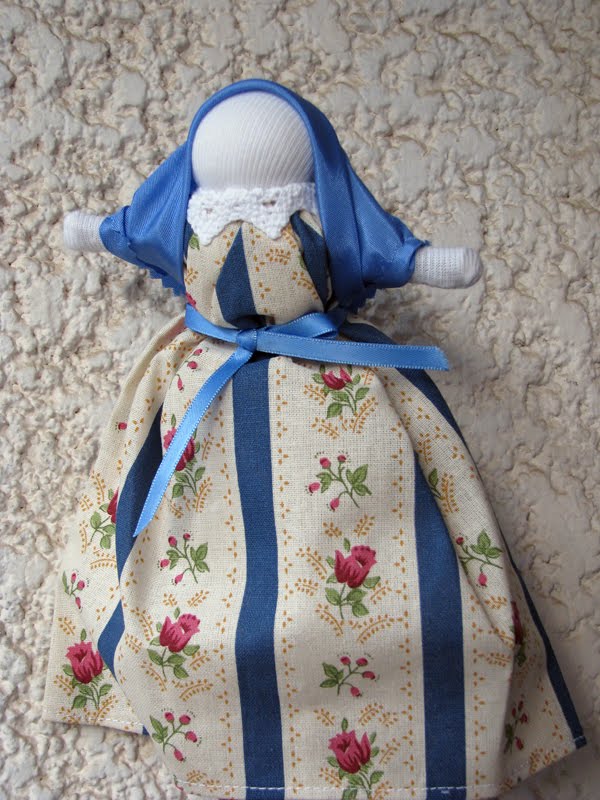Monsanto. Pagan traditions.
Adufe – традиционный музыкальный инструмент из Монсанту

The adufe is a square or rectangular pine frame drum from 12 to 22 inches on a side and around 1 to 2 inches thick. There is a drumhead on each side made of goatskin and the two sides are sewn together or nailed on to the frame. Before the heads are attached the drum maker will place objects inside the drum to rattle when the drum is struck or shaken. These objects might include bells, dried seeds, bottle caps, a gut snare or even small metal nuts or jingles.
The drum was introduced into the Spanish and Portuguese cultures by the Moors of North Africa beginning in the early 700s A.D. The adufe is found mainly in three different regions of Portugal and the way of making it is different in each one. In Alentejo, a tanned pig’s bladder is used for the skin while in Tras-os-Montes, a goatskin called “samara” (sah-mah-rah) is used. The drum is decorated with bits of ribbon on each corner of the frame. The name adufe probably came from the Arabic name “duff” or “deff.” During the Middle Ages this term was used for round and square frame drums.
In Arabic the definite article “al” added to the word “duf,” becomes “adduf.” In Spain and Galicia (northwestern Spain) the square frame drum is called “pandeiro” (masculine). This name is related to the Persian-Arabic name bendayer (ben-dair), a kind of frame drum. It is similar to a square frame drum found in Egypt that dates back as far as 1400 B.C. The drum continues to be very popular in the west central Beira Baixa province. The instrument is exclusively played by women - the adufeiras, and is used to accompany religious songs, festival songs and ceremonies. The adufe rhythms came from the Moorish Berber tribes of North Africa and they are the basis of many current Portuguese rhythms. (© “Roots of Rhythm- Chapter1: The Adufe from Portugal”)
Каждый год в Монсанту проходит Фестиваль Св. Креста (a Festa da Divina Santa Cruz). Во время него женщины деревни собираются в замке, бьют в адуфе, поют и бросают со стены горшки из белой глины с лепестками красных роз. У этого ритуала есть два объяснения: одно – «героическое», другое – «весна священная». Первое гласит: «Во время семилетней осады Монсанту в Средние века жители деревни скрывались в замке. Однажды, голодные и обессиленные, они решили перебросить через стену последнего теленка в надежде обхитрить врага. Захватчики, видимо, решили, что им не удастся уморить голодом такой героический народ или заставить его сдаться, и осада была немедленно прекращена.» А вот вторая, сказочно-языческая версия: «Когда-то в Монсанту существовал древний обычай. Каждый год, по окончании зимы, жители выбирали самую красивую девушку деревни, наряжали ее в белое платье и сбрасывали с 300-метровой скалы. Белая ткань окрашивалась кровью. Позднее в жертву начали приносить белую корову или теленка. И вновь белый становился алым. А уже в XX веке жители деревни стали делать горшки из белой глины, наполнять их лепестками красных роз и сбрасывать со стены. То ли в память о тех несчастных девушках, то ли все еще в надежде пробудить вечную весну...»
Марафона – безмолвная кукла из Монсанту. Именно поэтому в первую брачную ночь ее кладут под кровать молодоженов. Считается, что она приносит счастье и детей в семью.





Comments
Post a Comment